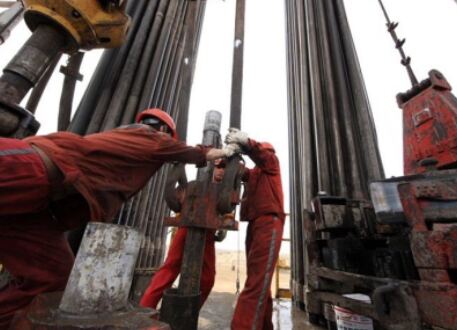
Petroleum Industry Personal Protective Equipment (PPE).
These garments and equipment are designed to protect workers from the specific hazards and risks associated with various aspects of the petroleum industry, including exploration, drilling, production, refining, and transportation of oil and gas.
Here are some common types of workwear and PPE used in the petroleum industry:
Flame-Resistant Clothing (FRC): Flame-resistant workwear is crucial in the petroleum industry due to the presence of flammable materials and the risk of fire and explosions. FRC is designed to self-extinguish when exposed to flames or high heat, reducing the risk of burn injuries. Common FRC items include coveralls, shirts, pants, and jackets.
High-Visibility Workwear: High-visibility clothing with reflective materials is used in areas with moving vehicles and heavy equipment to enhance worker visibility and reduce the risk of accidents. This is especially important in oilfield and refinery settings.
Chemical-Resistant Clothing: Workers dealing with hazardous chemicals, corrosive substances, or oil spills may require chemical-resistant suits or coveralls. These garments prevent skin contact with chemicals and reduce the risk of chemical burns or contamination.
Head Protection: Hard hats or helmets are essential in the petroleum industry to protect workers from falling objects, head injuries, and impacts. They also offer protection against overhead hazards.
Eye and Face Protection: Safety glasses or goggles are worn to protect against potential eye and face hazards, including chemical splashes, flying debris, and dust. Face shields may be used for additional protection.
Hand and Arm Protection: Gloves are used to safeguard hands from cuts, abrasions, chemical exposure, and other potential hazards. Depending on the task, different types of gloves may be required, such as oil-resistant, chemical-resistant, or impact-resistant gloves.
Foot Protection: Steel-toed or safety-toed boots are worn to protect the feet from falling objects, punctures, and slips. These boots also provide electrical hazard protection and resistance to chemicals and oil.
Respiratory Protection: In areas with airborne contaminants, such as dust, fumes, or toxic gases, respiratory protection is crucial. This may include disposable masks, half-face respirators, or full-face respirators, depending on the level of protection required.
Cold-Weather and Wet-Weather Gear: Workers in offshore or remote locations may need specialized workwear for protection against extreme weather conditions, including cold and wet environments. This may include insulated coveralls, rain gear, and thermal gloves.
Oil-Resistant and Waterproof Clothing: To protect against oil spills and exposure to hydrocarbons, workers may wear clothing made from oil-resistant or waterproof materials, especially when working with machinery or equipment that may leak oil.
Anti-Static Clothing: In areas where the buildup of static electricity could pose a risk, anti-static or electrostatic dissipative (ESD) clothing is used to prevent sparks and fires.
Chemical-Resistant Footwear: Workers handling chemicals may need specialized chemical-resistant boots to prevent chemical penetration and burns.
The specific types of petroleum workwear and PPE required can vary depending on the job function, location, and the nature of the work being performed. Employers in the petroleum industry conduct hazard assessments to determine the appropriate protective clothing and equipment for their employees to ensure their safety and compliance with relevant regulations.